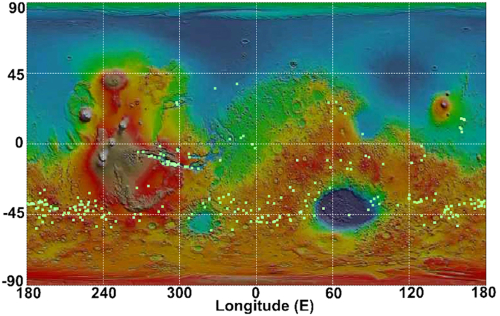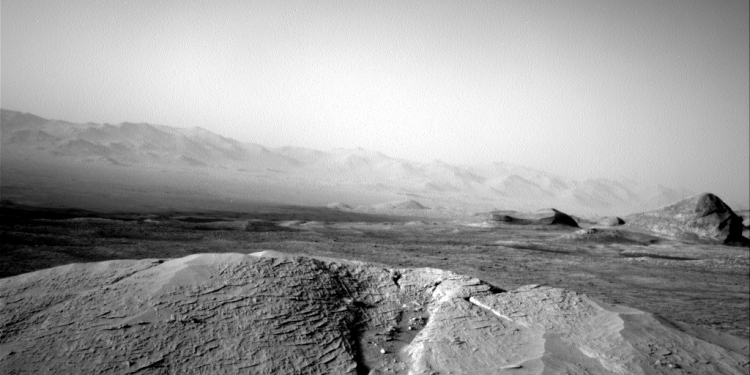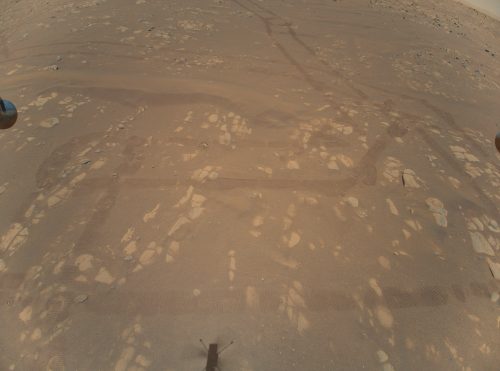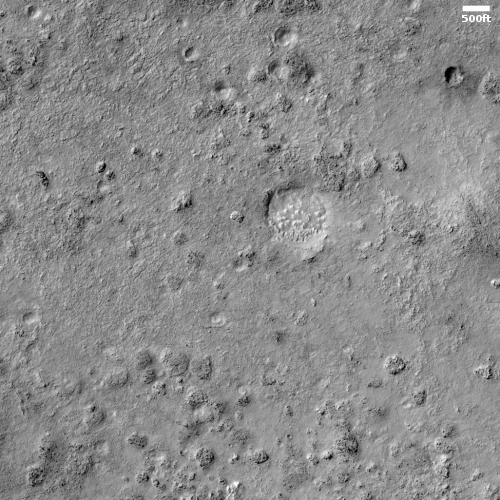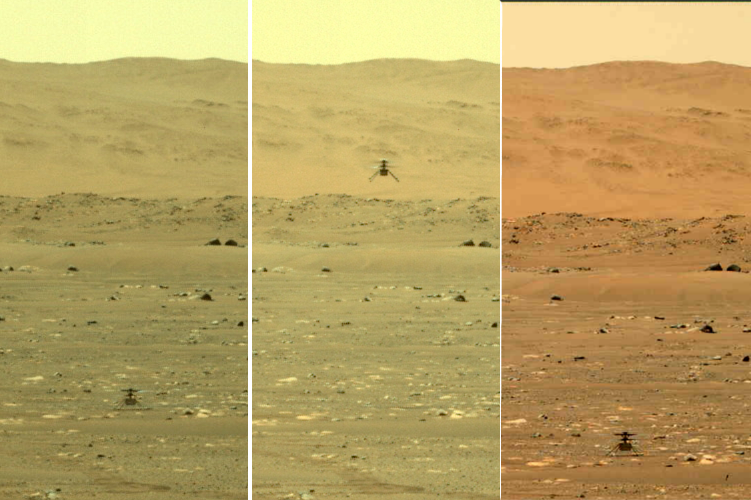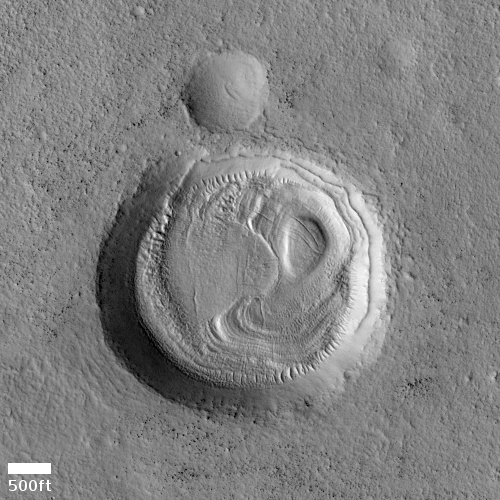The commercial history of Russia’s Proton rocket
Doug Messier at Parabolic Arc today published a detailed launch history of Russia’s Proton rocket, outlining its commercial rise beginning in the 1990s and its fall in the 2010s with the arrival of SpaceX.
The fading of Proton reflected strong competition from SpaceX’s reusable Falcon 9 rocket, which captured an increasing percentage of commercial launches with significantly lower prices.
There was also a global shift away from Proton’s bread and butter, the geosynchronous communications satellite, toward large constellations deployed into low and medium Earth orbits.
Proton’s reputation was also damaged by serious quality control problems that affected the entire Russian launch industry. Proton suffered 9 launch failures and one partial failure in the 10 years between 2006 and 2015. The booster was left grounded for as long as a year at a time. Insurance rates for Proton flights soared.
Proton appears to still have six launches on its manifest, but the shift in Russia to its Angara rocket likely means the end of Proton’s long history, begun at the very beginnings of the space age in the 1960s, is in sight.
Doug Messier at Parabolic Arc today published a detailed launch history of Russia’s Proton rocket, outlining its commercial rise beginning in the 1990s and its fall in the 2010s with the arrival of SpaceX.
The fading of Proton reflected strong competition from SpaceX’s reusable Falcon 9 rocket, which captured an increasing percentage of commercial launches with significantly lower prices.
There was also a global shift away from Proton’s bread and butter, the geosynchronous communications satellite, toward large constellations deployed into low and medium Earth orbits.
Proton’s reputation was also damaged by serious quality control problems that affected the entire Russian launch industry. Proton suffered 9 launch failures and one partial failure in the 10 years between 2006 and 2015. The booster was left grounded for as long as a year at a time. Insurance rates for Proton flights soared.
Proton appears to still have six launches on its manifest, but the shift in Russia to its Angara rocket likely means the end of Proton’s long history, begun at the very beginnings of the space age in the 1960s, is in sight.

